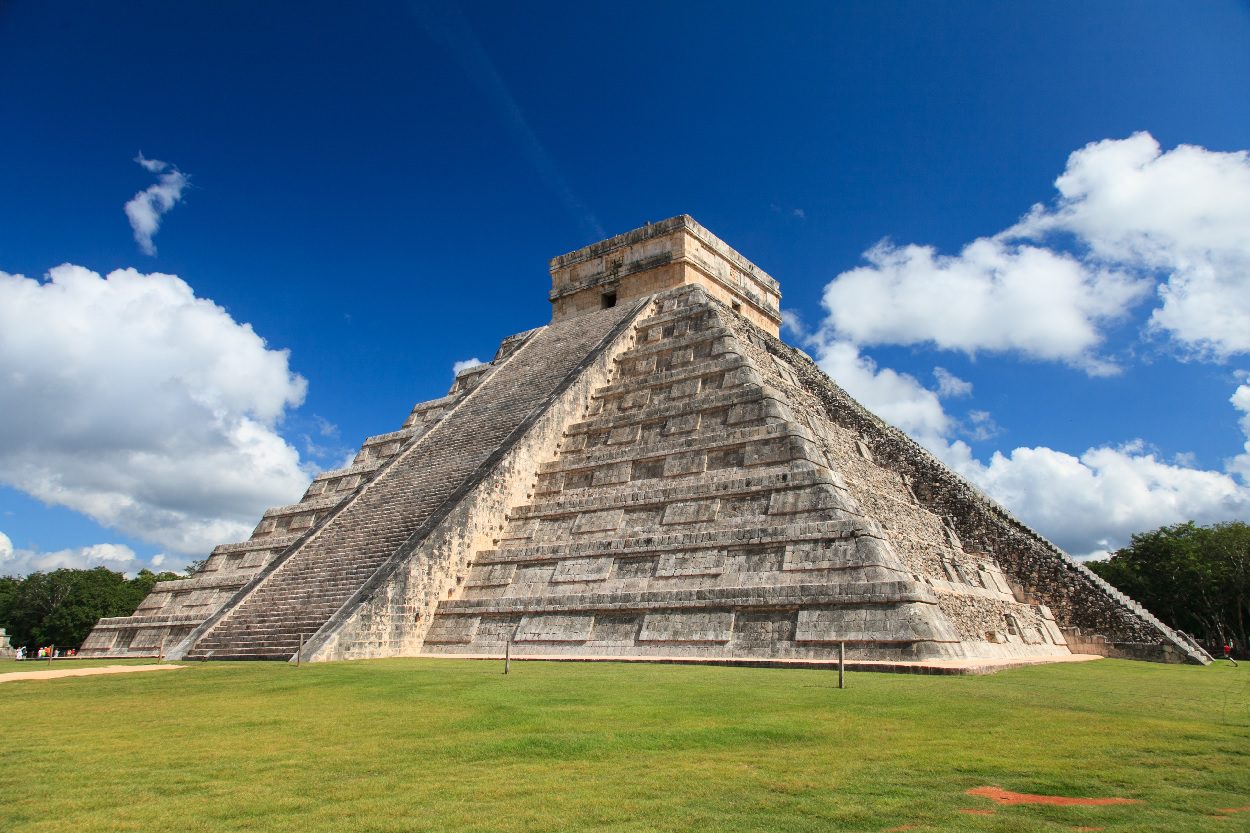Archaeologists from the National Institute of Anthropology and History (INAH) have discovered a serpent sculpture at the archaeological site of Chichén Itzá, located in the Tinúm Municipality of the Mexican state of Yucatán.
Chichén Itzá was a pre-Columbian city built by the Maya people of the Terminal Classic period. The city was a major focal point in the Northern Maya Lowlands from the Late Classic (AD 600–900) through the Terminal Classic (AD 800–900) and into the early phases of the Postclassic period (AD 900–1200).
Excavations have been financed by the Program for the Improvement of Archaeological Zones by the Federal Government. This has led to the discovery of a serpent sculpture which served to guide the route from the Kukulcán Pyramid, also known as El templo, to the Sacred Cenote in the north of the city civic precinct.
The Sacred Cenote is a limestone sinkhole, which according to Maya and Spanish post-Conquest sources (later confirmed by archaeological studies), was used for depositing ritual offerings and human bodies in sacrifice to the Maya rain god, Chaac.

The serpent statue is orientated towards the Sacred Cenote and delimited the sacbe, meaning “white road”, which was a ceremonial route constructed to connect important structures or plazas with ceremonial centres.
Archaeologists suggest that statue and sacbe is a symbolic representation of Kukulcán, the Yucatec Maya Feathered Serpent god.
During the spring and fall equinoxes, the shadow cast by the angle of the sun and edges of the nine steps of the Kukulcán Pyramid, combined with the northern stairway and the stone serpent head carvings, create the illusion of a massive serpent descending the pyramid.
José Francisco Osorio León, an archaeologist from INAH said: “We found that the sacbé is an extension of the feathered serpent that comes down from the pyramid and leads towards the cenote. We have the head of the snake that defines the wall of the sacbé with its body, and there is another snake on the opposite side, but we do not have the complete head.”
Header Image Credit : La Crónica de Hoy







